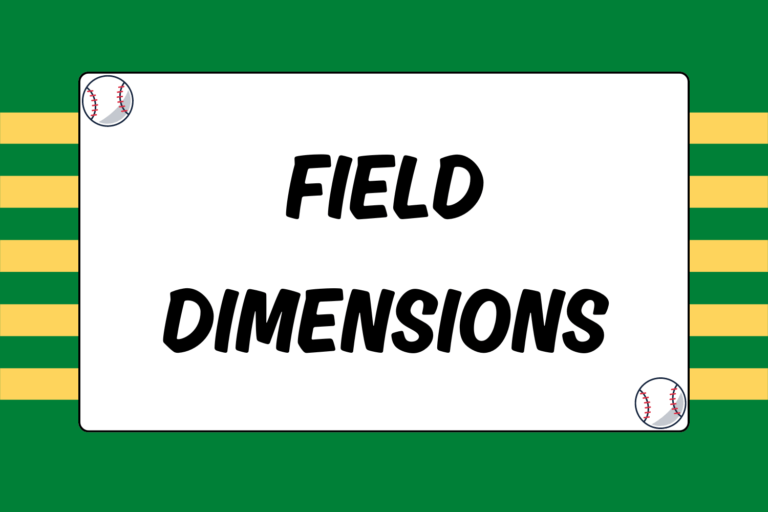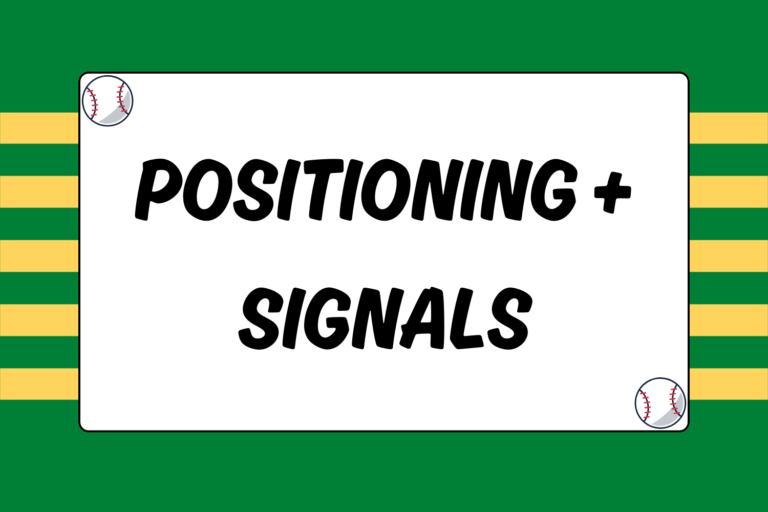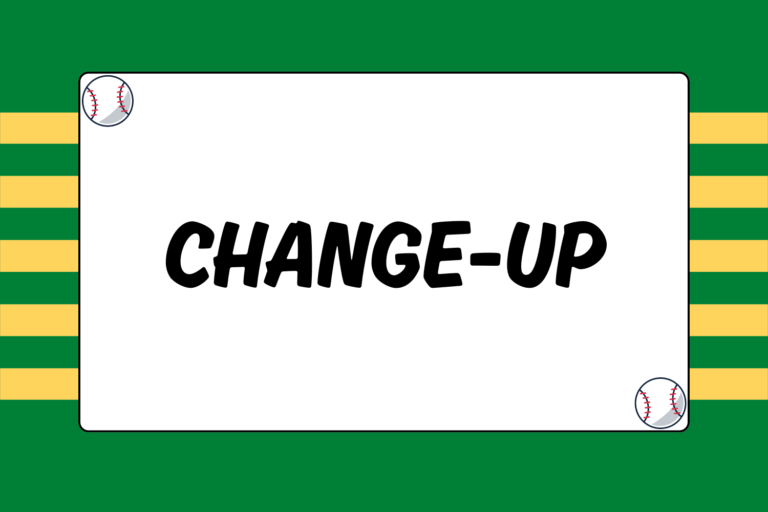In order to illustrate the importance of commanding the baseball, coaches often tell young pitchers some variation of the phrase, “It’s not how hard you throw it, but where you locate it that matters.” Indeed, the ability to throw quality strikes, pitch down in the strike zone, and control both sides of the plate becomes more invaluable with every level you advance.
But it’s important to remember that on the mound, you’re not just pitching to a location, you’re facing a hitter — and your job is to get that hitter out. Making quality pitches is the first step, but each and every at-bat also involves some strategy. The types of pitches you throw and the order in which you throw them are significant.
Unpredictable Pitches
You can use sequences to “set up” a batter for a particular pitch. They’re also helpful to avoid repeatedly throwing the same pitches to the same locations over the course of a game — the last you thing you want is to be predictable. To pitch effectively, you have to keep the hitters off-balance. Changing the speed and horizontal plane of your pitches is particularly vital once you reach high school and beyond. The key is to constantly change the batters’ eye lines. The following pitch sequences are common and can be seen at any level of baseball. Use them to make yourself seem unpredictable to the hitters.
Pitch Sequences to a Same-side Batter
Lefties and righties both have certain advantages on certain pitches, so your plan of attack will differ depending on whether you’re left or right handed, and whether the batter is left or right handed. Here are three basic sequences that are useful against a same-side hitter (that is, a left-handed hitter against a left-handed pitcher, or a right-handed hitter against a right-handed pitcher):
Curveball (low), fastball (high):
Ideally the curveball comes out of your hand up around the batter’s head or shoulders, and then breaks down near the bottom of the strike zone. Follow that pitch with a fastball up around the shoulders. It gives the same initial eye line as your curveball but with a much different result. High fastballs, in general, are great in two-strike counts. Just make sure you throw it high enough, up near his armpits; a pitch at the belly button might be above the strike zone, but it’s much easier to hit.
Fastball (outside), slider (outside):
If you can throw a fastball for a strike on the outside part of the plate, it sets up a breaking ball nicely. Throw your slider to the same location (that is, start it on the outer half of the plate). This shows the hitter the same trajectory as the previous pitch so that it looks like another fastball. Ideally the slider will break down and away out of the strike zone, and the batter will swing over it.
Fastball (inside), curveball (low):
Throw a fastball and focus on getting it to the inside corner, right underneath the batter’s hands. (Try not to miss over the middle of the plate, or the sequence won’t be as effective). On the next pitch, start your curveball inside so that it breaks into the strike zone. You’ll give the batter the same initial look as the last pitch, and he might even react when he sees the baseball coming way inside. If your curveball is good enough, you might get the hitter to freeze as the pitch breaks for a strike.
Hot Tip: Knee Buckler
A good sequence can make your pitches even more effective. Have you ever watched a game and seen a hitter so fooled by a curveball that his knees buckle because he initially thought the pitch was going to hit him? In general, this can happen for three reasons:
- The batter can’t recognize a breaking ball.
- Your curveball has exceptionally sharp break.
- You set up the batter to be fooled.
Even if you don’t have a great curveball, you can succeed with a great sequence (and good command).
Pitch Sequences to an Opposite-side Batter
Facing an opposite-side hitter (a lefty pitcher against a righty hitter, or a righty pitcher against a lefty hitter) puts you at a slight disadvantage. The batter will be able to see the ball a bit more easily coming out of your hand, and he doesn’t have to worry about getting buckled by a breaking ball. However, as a pitcher, you now have the option of executing a backdoor pitch. Furthermore, change-ups tend to be more effective against opposite-side hitters because of the pitch’s tailing action. Here are some useful sequences to practice:
Fastball (outside), fastball (inside):
Sometimes you don’t even need to change speeds to make hitters uncomfortable. And if you can control the ball to both sides of the plate, it creates opportunities for all sorts of different sequences. A fastball (or two or three) to the outside corner followed by a fastball to the inside corner can be a surprisingly tough sequence for hitters. If he’s looking for a pitch away, it’s tough to react to a fastball inside and still get the barrel of the bat on it. Just remember, if you’re going to pitch inside, focus on getting it in on the batter’s hands. Don’t make a mistake over the middle of the plate.
Fastball (outside), change-up (outside):
This sequence follows essentially the same principle as the fastball/slider sequence from the first list, except to the opposite side. Throw a fastball for a strike on the outer half of the plate, and then back it up with a change-up to the same spot. The speed should fool the hitter and the tailing action will carry the ball down and away from the strike zone. Even discounting location, a fastball followed by a change-up is a good sequence to use in pretty much any situation. Think about it: If the hitter hasn’t seen a fastball, then your change-up isn’t changing anything up.
Fastball (inside), slider/curveball (outside):
This is the most basic way to utilize the backdoor breaking ball. Set the batter up with one or more fastballs to the inside corner, and then throw your best breaking ball to the outside corner. (A slider is ideal because it more closely resembles a fastball, but if your curveball is a better pitch, throw that). Hitting the backdoor with a breaking ball requires a lot of practice to master, but it can be extremely effective. You’ll have to start the pitch in the opposite batter’s box so that it just catches the outside of the plate. After seeing an inside fastball, this will look way outside to the batter, and hopefully he’ll give up on it before the ball breaks over the plate.
Change-up (outside), fastball (inside):
This sequence actually works better if you set up the high inside fastball with multiple pitches to the outer half. Also, try to throw your change-up for a strike. If it’s clearly low and away, the batter won’t be concerned. But if you throw a strike, he’ll have to be ready to swing at that pitch if you throw it again — and that’s when you surprise him with a fastball inside, right under his hands.
Keep the Hitter Guessing
The seven pitch sequences listed above are pretty standard, but there are countless other sequences with different variations that might work well for you. The key is to play to your strengths. If your best pitch is a change-up, feature it in your sequences — both to set up hitters and to fool them.
It’s also important to use common sense. If a hitter can’t catch up to your fastball, don’t mess around with anything else. Throwing an off-speed pitch might just do him a favor. Ultimately, if you can throw a couple pitches for strikes and command them down in the zone, you’re going to have success. The next step is to think in terms of sequences — be unpredictable and you can elevate your game to new levels.





